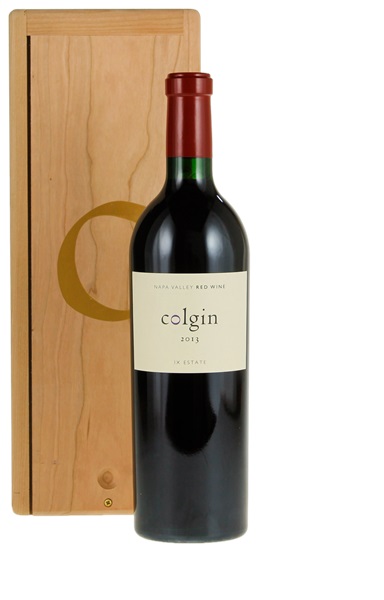Estimate


An absolutely compelling wine, with notes of lead pencil shavings, spring flowers, blueberry, blackberry and cassis, it has the full smorgasbord of black and blue fruits, wonderfully integrated, toasty oak, acidity and tannin...
The interplay of opulent fruit, minerality, savory nuances and mountain tannin is utterly captivating...Lavender, sage, mint and a host of mineral-inflected notes meld into the deeply satisfying finish.
Full body with lots of richness and fruit. The intensity is electric. Chewy tannins yet polished and silky. It lasts for minutes on the palate. A joy to taste...
A powerful expression of rich, detailed, polished Cabernet, with layer upon layer of blackberry, licorice, kirsch, graphite and savory herb flavors. Impeccably balanced and nuanced, authoritative and refined in the same sip.